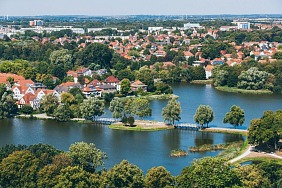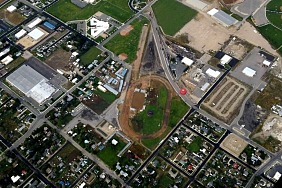Hosting remote employee events can be a challenge for employers who are used to in-person meetings and activities. But with the right strategies and tools, it’s possible to create engaging, interactive events that help build relationships and foster collaboration among remote employees.
Make Technology Your Friend
The right technology can make remote employee events more successful. Video conferencing tools like Zoom, WebEx, and Google Hangouts make it easier to connect with remote employees and create a sense of community. These tools also allow you to share documents, presentations, and images to keep everyone on the same page.
Another great tool to use is a virtual whiteboard, like Miro or Mural, which can be used to brainstorm ideas, build concepts, and collaborate in real-time. This can be especially useful for remote team-building activities, like virtual scavenger hunts or group trivia.
Create a Sense of Community
When planning remote employee events, it’s important to think about how you can foster a sense of community and connection. Encourage employees to introduce themselves and talk about their interests and hobbies. You can also create virtual breakout rooms to allow employees to have more intimate conversations.
Another great way to build community is to create an online forum or chat room where employees can post questions and engage in conversations. This can be a great way to get feedback and ideas, as well as to keep the conversation going after the event is over.
Keep it Fun and Engaging
The key to successful remote employee events is to make them fun and engaging. Incorporate interactive activities like virtual scavenger hunts or group trivia. You can also use polls and surveys to get feedback from employees and get their ideas for future events.
Be sure to give employees plenty of time to socialize and get to know each other. You can also host virtual happy hours or game nights to create a relaxed atmosphere where employees can get to know each other better.
Set Goals and Measure Success
Before hosting a remote employee event, it’s important to set goals and measure success. What do you want to accomplish? Are you trying to build relationships, foster collaboration, or improve communication? Once you have a clear goal in mind, you can create activities and measure success based on the results.
It’s also important to keep track of attendance and engagement. Make sure to follow up with employees after the event to get feedback and find out what worked and what didn’t.
Conclusion
Hosting remote employee events can be a challenge, but with the right strategies and tools, it’s possible to create engaging, interactive events that help build relationships and foster collaboration among remote employees. By setting goals and measuring success, employers can ensure their events are successful and create a sense of community among remote employees.














